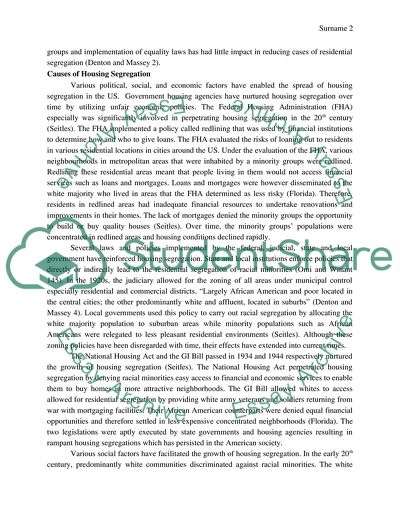Cite this document
(“Housing Segregation:Correlation with Economics, Health and Education Essay”, n.d.)
Retrieved from https://studentshare.org/sociology/1700240-housing-segregation-correlation-with-economics-health-and-education
Retrieved from https://studentshare.org/sociology/1700240-housing-segregation-correlation-with-economics-health-and-education
(Housing Segregation:Correlation With Economics, Health and Education Essay)
https://studentshare.org/sociology/1700240-housing-segregation-correlation-with-economics-health-and-education.
https://studentshare.org/sociology/1700240-housing-segregation-correlation-with-economics-health-and-education.
“Housing Segregation:Correlation With Economics, Health and Education Essay”, n.d. https://studentshare.org/sociology/1700240-housing-segregation-correlation-with-economics-health-and-education.


